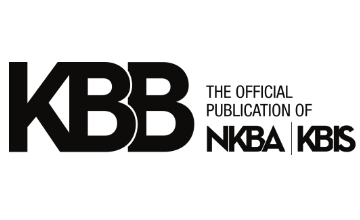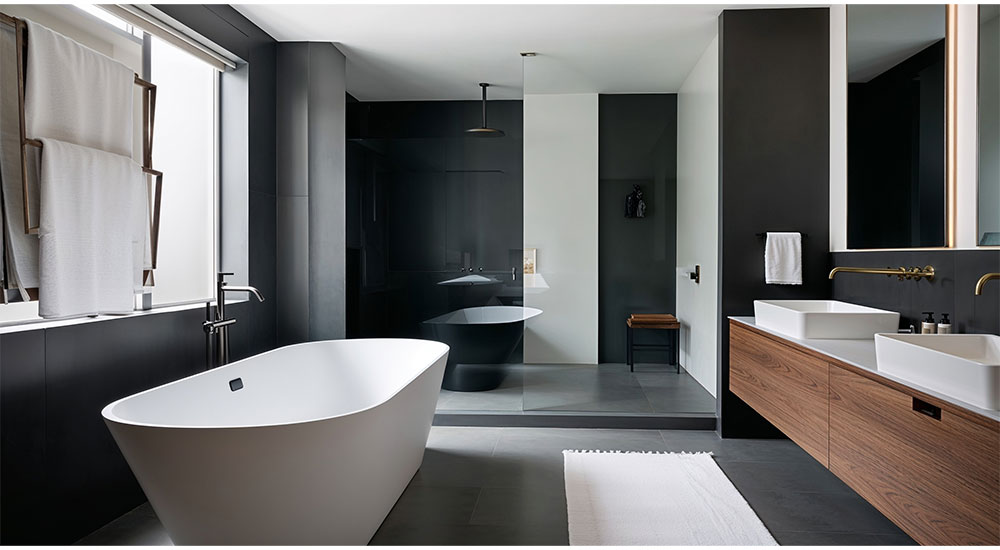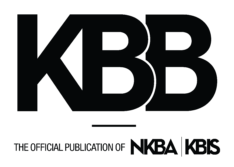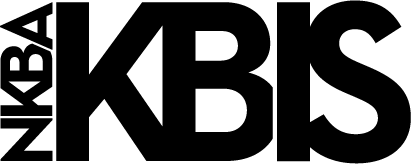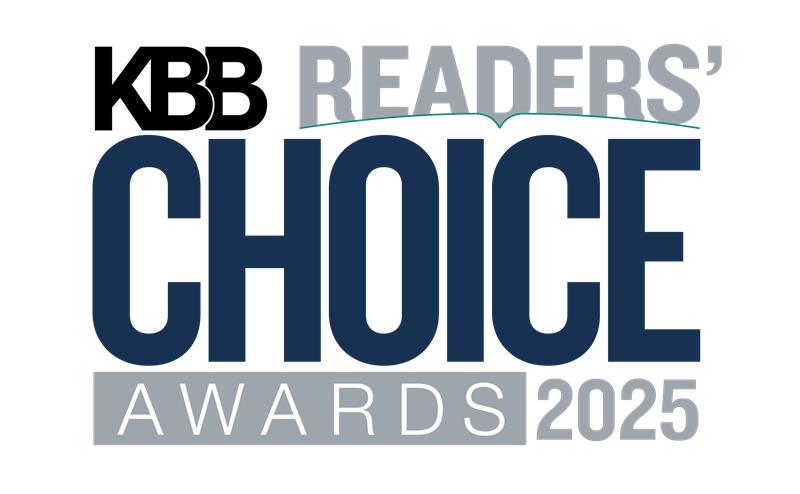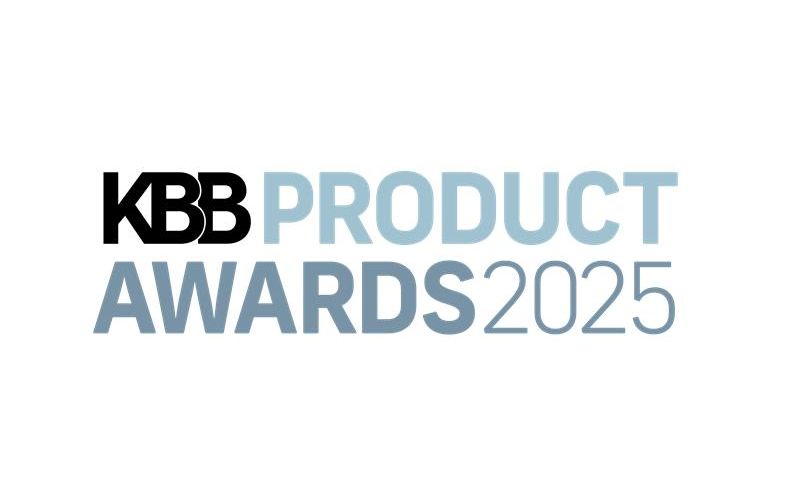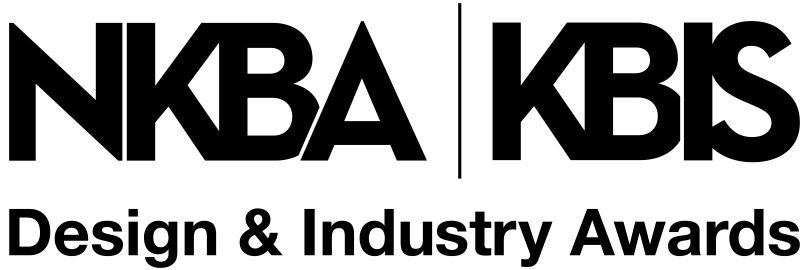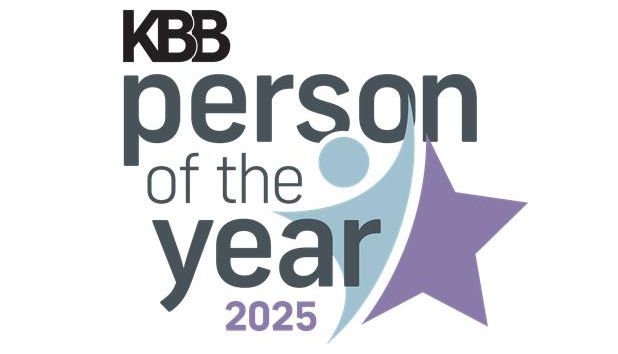When you think about the functional aspects of the kitchen and bath, fixtures and fittings like the sinks and faucets are top of mind. With today’s offerings, their usefulness factor is ever increasing with the advent of workstation sinks – and their endless accessory options – and a variety of touch, hands-free and programmable faucets. Showers and tubs often serve as the focal point of a bathroom both because of their design as well as the multiple purposes they serve.
In a recent survey we conducted on current trends in residential plumbing fixtures in the bathroom and kitchen, we polled more than 175 industry professionals. We learned what today’s homeowners are asking for in technology, the health and wellness movement, sustainability, accessibility, luxury and color when it comes to these important design elements.
Key Takeaways
- White is the most popular color for bathroom fixtures.
- 3% of respondents reported not using a workstation sink in any of their kitchen projects over the last year; 6.3% said they used them in all projects.
- 3% of respondents said they specified some form of bidet in all their bathroom projects in the last 12 months; 23.7% reported not using this in any of their projects.
- Curbless showers top the list (79.8%) as the most popular accessible element in today’s bath projects.
Color Care
Although some elements in the bath – like the tub and sink – are often specified in a variety of eye-catching hues, the most popular color for most fixtures – especially toilets – is white. Almost 100% of our respondents selected white, and only 1.7% chose black and tan shades. When it comes to faucets, shower fixtures, etc., one respondent asked for standard finish colors across all brands.
“White remains a timeless and trendy choice in the bathroom, where a clean, modern aesthetic is still in high demand,” said Samia Verbist, founder and principal designer of Newport Beach, Calif.-based Samia Verbist Interior Design LLC. “However, we’re seeing a growing interest in statement fixtures like freestanding tubs that bring personality to the space. These bolder choices allow homeowners to create a more customized and curated bathroom look.”
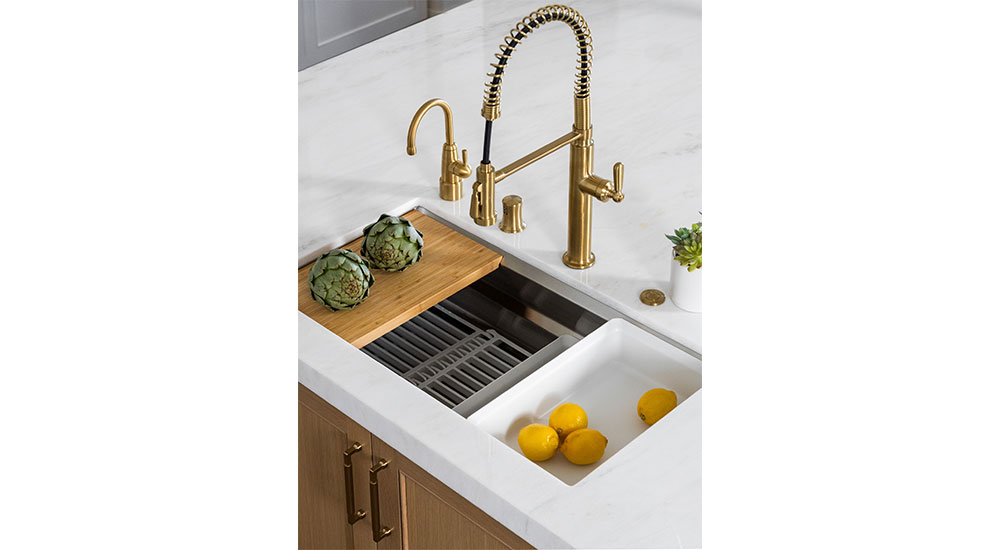
White Rhino marble elegance meets functional design in this kitchen project by Samia Verbist of Newport Beach, Calif.-based Samia Verbist Interior Design LLC. The stylish workstation sink, faucet and faucet accessories are by Kohler. Photo credit: Reza Lotf Photography
Sustainability Matters
According to Michael Kaestner, CLIPP, principal designer at Kaestner Designs in Philadelphia, sustainable materials are becoming more readily available for all spaces in the home. In terms of eco-friendly elements industry professionals are implementing in their kitchens and baths, low-flow fixtures like toilets and faucets topped the list, with tankless water heaters coming in second. They are also specifying locally sourced fixtures, as well as those made with recyclable materials. One respondent said the most sustainable thing one can do in a kitchen or bath project is to choose high-quality fixtures, so they do not have to be replaced as often.
Verbist says sustainability plays an important role in her designs, and she recommends water-saving fixtures – especially since California regulations limit shower systems to a max of 1.8 gallons per minute. She also specifies dual-flush toilets to help reduce water consumption without compromising performance.
“It’s not usually the first thing clients ask about, but I believe it’s our role as professionals to educate them and guide them toward more sustainable choices,” said Verbist. “Many homeowners appreciate eco-friendly solutions once they understand the benefits – whether it’s lower water and energy bills, improved efficiency or simply making a more responsible choice. By incorporating sustainable elements seamlessly into the design, we can create beautiful spaces that are both functional and environmentally conscious.”
Tech Talk
Kaestner says smart technology is gaining momentum with savvy clients these days, adding that they want to know how it can help their day-to-day living experience become easier and more systematic. Incorporating smart mirrors in the bath topped the list in our survey, and rounding out the list were specifying programmable shower valves, presets on bidets and gesture- or voice-controlled faucets. Not as high on the list but trending at shows like KBIS was programmable water dispensing with an exact measurement is imperative.
Verbist says smart toilets are popular because of such features as heated seats, self-cleaning functions and bidet options for added comfort and hygiene. She also specifies touchless faucets to improve cleanliness and convenience and help with water conservation.
All About Accessibility
“For the aging client, as well as those who deal with disability, there are many new advancements in the bathroom sector that help everyone navigate their activities of daily living safely and efficiently,” said Kaestner.
Topping the list of elements industry pros have incorporated into their bath projects over the last 12 months that provide their clients with the best results for living and aging in place is curbless showers. Coming in at a very close second and third place is grab bars and comfort- or adjustable-height toilets. Rounding out the list are lever-style faucet handles, bidets/bidet attachments, anti-scaled valves and walk-in tubs. Write-in answers included blocking in walls for future grab bars, accessible hand showers and shower wands.
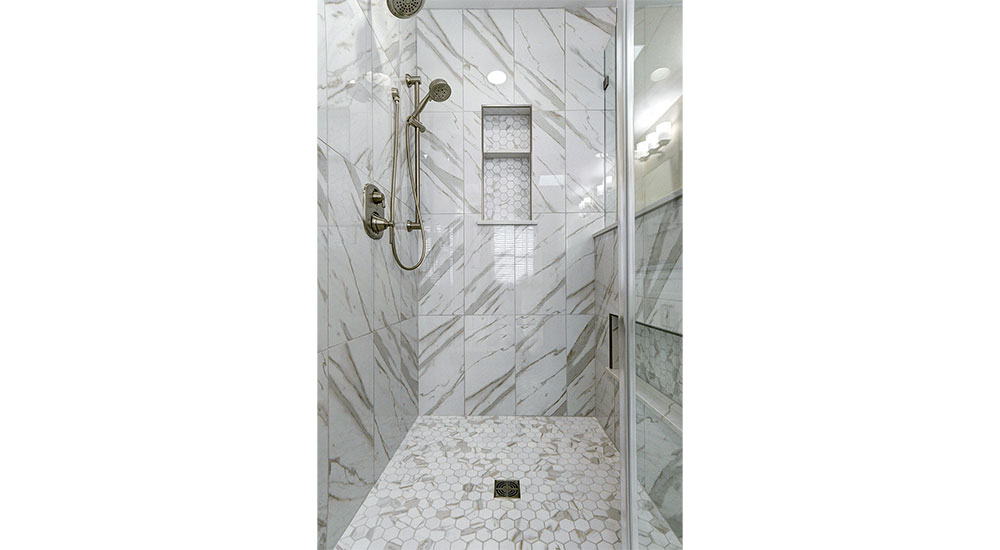
In this shower designed by Michael Kaestner of Philadelphia-based Kaestner Designs, he specified an accessible handheld showerhead on a sliding bar from Moen and wireless radiant floor heating from Schluter. The lower built-in shower niche provides stability for an aging client’s safety while shaving their legs. Photo credit: Michael Kaestner
Luxury in the Most-Used Home Rooms
Today’s clients are all asking for sanctuary bathrooms – a place to unwind at the end of a busy day and a space in which to energize in the morning. Hand showers and freestanding tubs topped our list of most popular spa-like elements in the bath. Bidets, steam showers and massage jets were also in demand. Saunas, aromatherapy, cold-plunge tubs and chromatherapy were not as in demand. Write-in answers included body dryers and sprays, built-in tubs, floating benches, multiple showerheads and heated towel bars.
In terms of luxury asks in the kitchen, workstation sinks and additional faucets like bar taps and pot fillers took the top slots in our survey. All-in-one taps, water-filling stations and water filtration; gesture or voice-controlled faucets; and glass rinsers rounded out the list.
Future Fixture Innovations
Many of our respondents would like to see more options for offerings that are already on the market, including faucets with tap and filtered water; California-compliant fixtures; saunas; walk-in tubs; non-visible shower drains; hands-free bath faucets; fixtures that recycle gray water; and voice-activated and touchless faucets and shower controls.
Other items on the future innovation wish list are more specific regarding function, such as decorative grab bars that incorporate towel bars, shelves and toilet paper holders; drains with built-in hair catchers; universal valves that can accommodate multiple configurations; self-rinsing/cleaning sinks; tub fillers with built-in sprayers; toilets with built-in steps; and retractable/pop-up faucets.
On the convenience side, our respondents are asking for such innovations as body dryers in the shower, single-lever bridge faucets, mini pot fillers for pet stations and faucet options with reachable handles for those in wheelchairs.
Fixtures and fittings is a huge category that includes everything from toilets and tubs to pot fillers and bar sinks. These selections are just as important as the storage and lighting needs in your kitchen and bath projects, so choose wisely and consider how they can contribute to your clients’ health and well-being – and to that of their homes.
